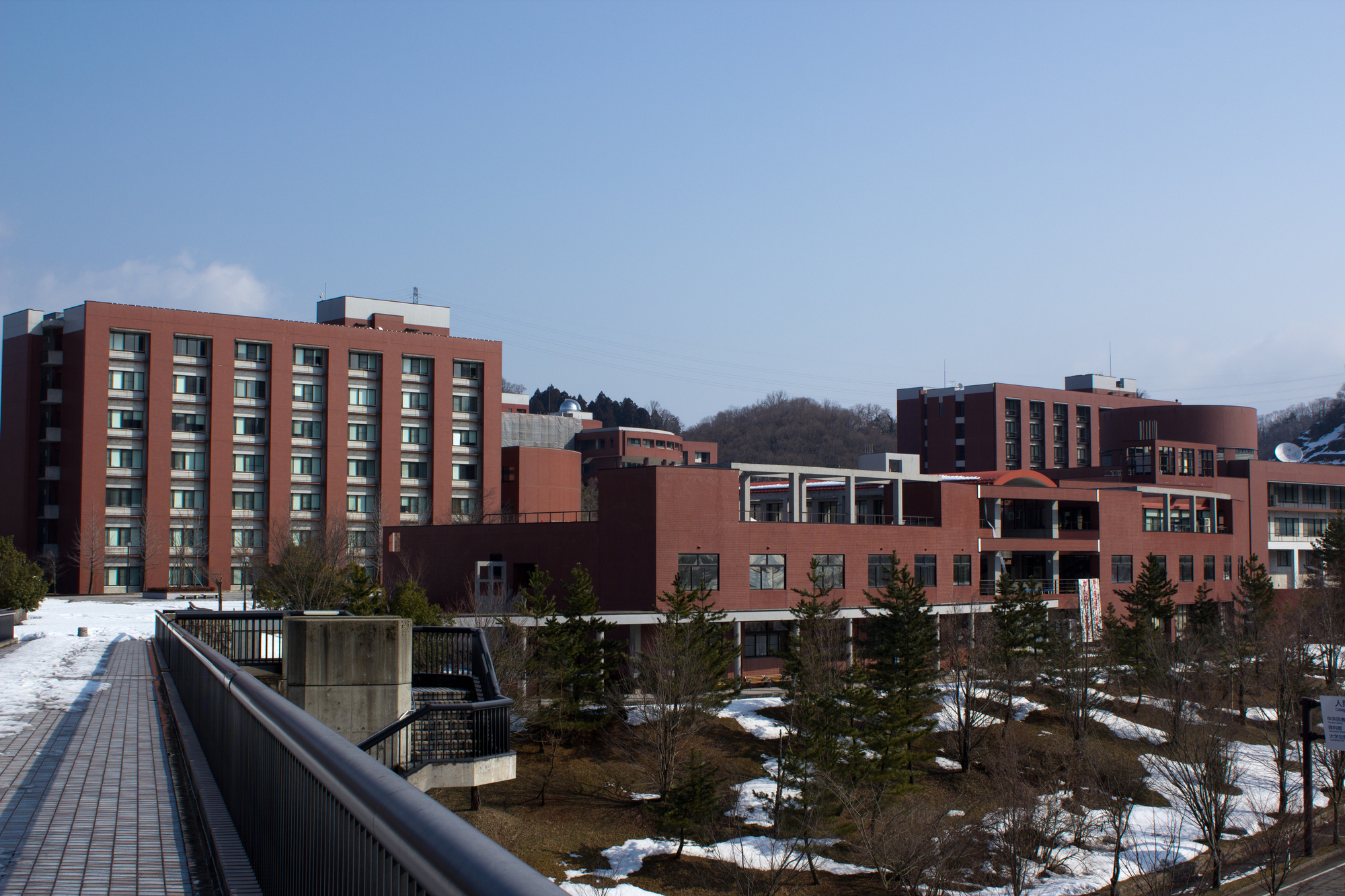A research group at the University of Yamanashi has clarified the mechanism by which neuropathic pain develops and its "switch."
Neuropathic pain is known as intractable chronic pain, the etiology is not clear, and no cure has been established, such as the ineffectiveness of conventional analgesics.Among the symptoms caused by this disease, allodynia (allodynia) is a symptom that can be transmitted as severe pain even with a light touch, and the development of a treatment method as soon as possible is awaited.
Under these circumstances, the group's research revealed that the switch that triggers this chronic pain is a protein called metabotropic glutamate receptor 5 (mGluR5).Studies using neuropathy model mice show that normal adult astroglia (a type of glial cell among brain cells) do not express mGluR5, but in the neuroinjury model, the primary somatosensory cortex of the cerebral cortex. MGluR1 is selectively expressed in (S5) astroglia. Activation of mGluR5 begins to produce and release substances that connect synapses (synaptic neoplastic factors), as if it were a "glial switch" that turns on the function of astroglia.
Synapses are the seams that connect nerve cells to each other in the brain, but when the glia switch is turned on, disordered synaptic neoplasia is triggered, resulting in synaptic reorganization and reconnection of S1 neural circuits.As a result, the originally independent tactile circuit and pain circuit are mistakenly connected, and the tactile stimulus excites not only the tactile circuit but also the pain circuit and is perceived as pain (Allodynia). ..
Even if mGluR5 disappears from the astroglia, allodynia becomes a persistent and intractable chronic pain because the misconnection between the tactile circuit and the pain circuit is maintained.In the future, if the technology to control the glia switch and the technology to normalize the misconnected neural circuit are developed based on the mechanism found in this research, it will be a breakthrough result that will directly lead to the treatment of neuropathic pain. Is expected to be obtained.
Paper information:[Journal of Experimental Medicine] Transient astrocytic mGluR5 expression drives synaptic plasticity and subsequent chronic pain in mice


